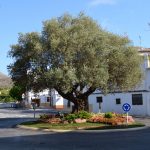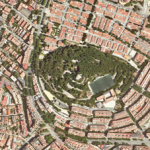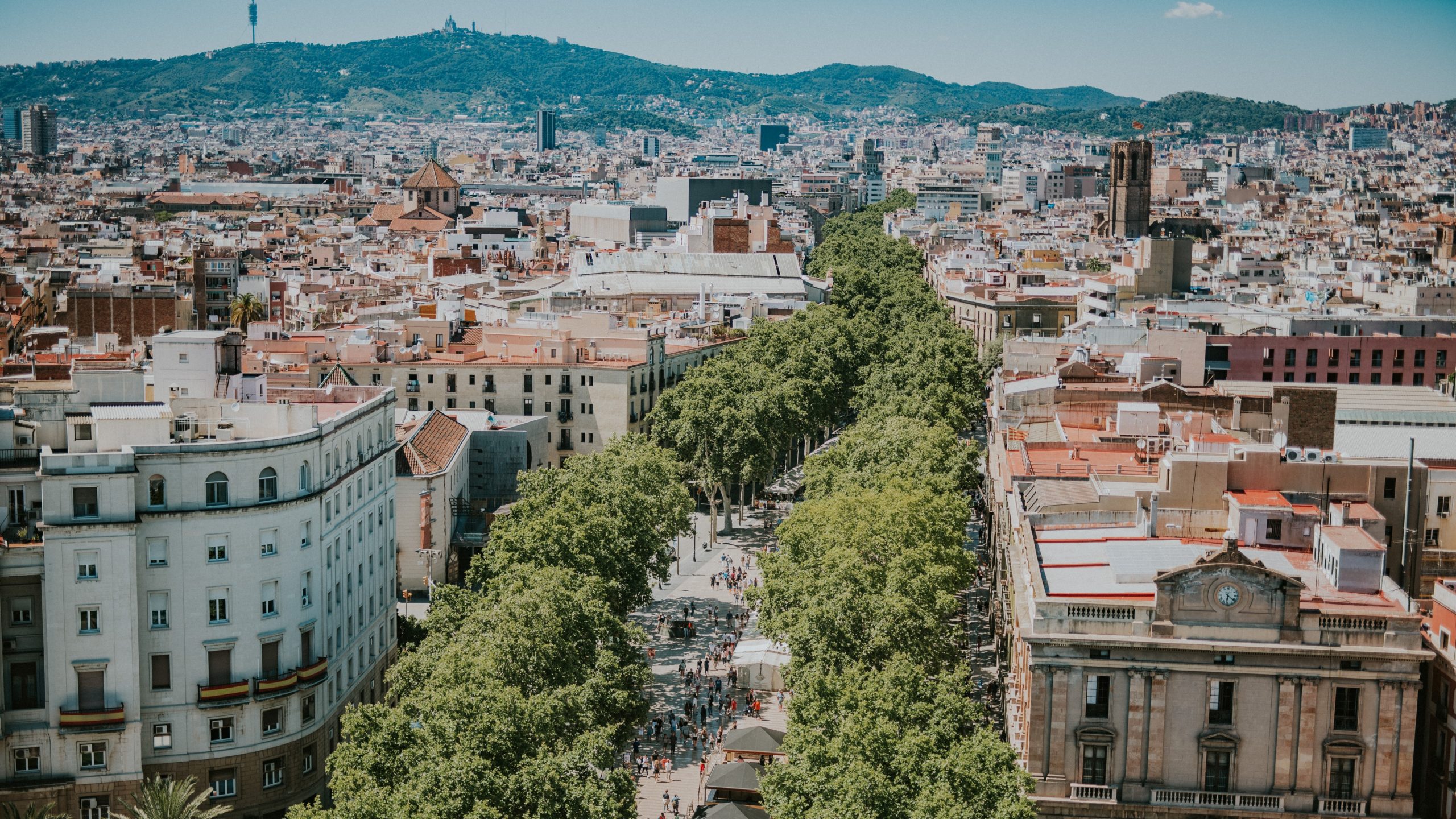
Reflections on Barcelona's Green Infrastructure
The European Commission defined green infrastructure as a strategically planned network of natural and semi-natural areas, designed and managed to provide a wide range of ecosystem services. It can substantially improve the environmental conditions of cities and, consequently, life quality of citizens. Although the backbone of European green infrastructure is the Natura 2000 Network, urban green infrastructure is becoming increasingly important because of its proximity to these citizens. Urban Forests are an essential part of this infrastructure, as they concentrate a large proportion of its ecosystem services including support, regulation, and leisure (Basnou et al. 2020).
Barcelona and its metropolitan area have been recently named the ‘European Forest City 2022’ by the European Forest Institute (EFI), thus recognizing the management of green infrastructure through the so-called Barcelona Nature Plan, which aims at increasing greening and favouring biodiversity by 2030. A large part of this infrastructure corresponds to Urban Forests, which range from planted roundabouts to small forests in urban parks and large forests in natural protected areas like the Collserola Natural Park (with 8000 ha of Mediterranean forests close the city).
An interesting topic has recently emerged in relation to these forests that can be applied to all scales: as the rest of the urban green infrastructure, they must be conceived as nature in a small pot for three main reasons.
First, Urban Forests are a fragile nature due to their harsh growing conditions, and therefore they need a special care. Urban green technicians and managers are aware of this, but so do forest managers of metropolitan natural parks such as Collserola. Indeed, these protected areas face major problems of ecological connectivity and human use that result from its almost total confinement by surrounding urban areas and transport infrastructures. These factors are responsible for the difficulties for small ungulates, carnivores, and birds of prey to maintain populations in these areas despite they are widespread in the surroundings (Cahill et al. 2003). In cities, the extremely harsh conditions affect biodiversity in the overall green infrastructure and determine, for example, that the butterfly fauna becomes dominated by relatively few species particularly adaptable, while the most demanding ones are absent (Pla-Narbona et al. 2021).
Second, Urban Forests are a particular nature, often not totally natural. Although the goal should always be to achieve as most natural as possible forests, the choice of best adapted plants and trees to the harsh conditions of the city will sometimes drive to select non-native or even non-natural species or varieties, which can provide as many ecosystem services as native vegetation. On the other hand, we must review some classical references of ecology theory such as the climax of ecological succession that are probably unattainable in a metropolitan context except for some very particular situations. We must be pragmatic and settle for relatively simplified ecosystems with specific functioning rules, due to the human-driven inputs of water and nutrients, and the replacement of wild predators by domestic or feral ones (El-Sabaawi 2018). These ecosystems are often dominated by generalist species with a large geographical distribution including many non-native species that have become key in maintaining many trophic networks. This is what is known as biotic homogenization, a process especially associated to metropolitan regions (Mc Kinney 2006) like that occurring in the sociocultural sphere. Thus, cities across the World are increasingly homogeneous, also regarding their nature.
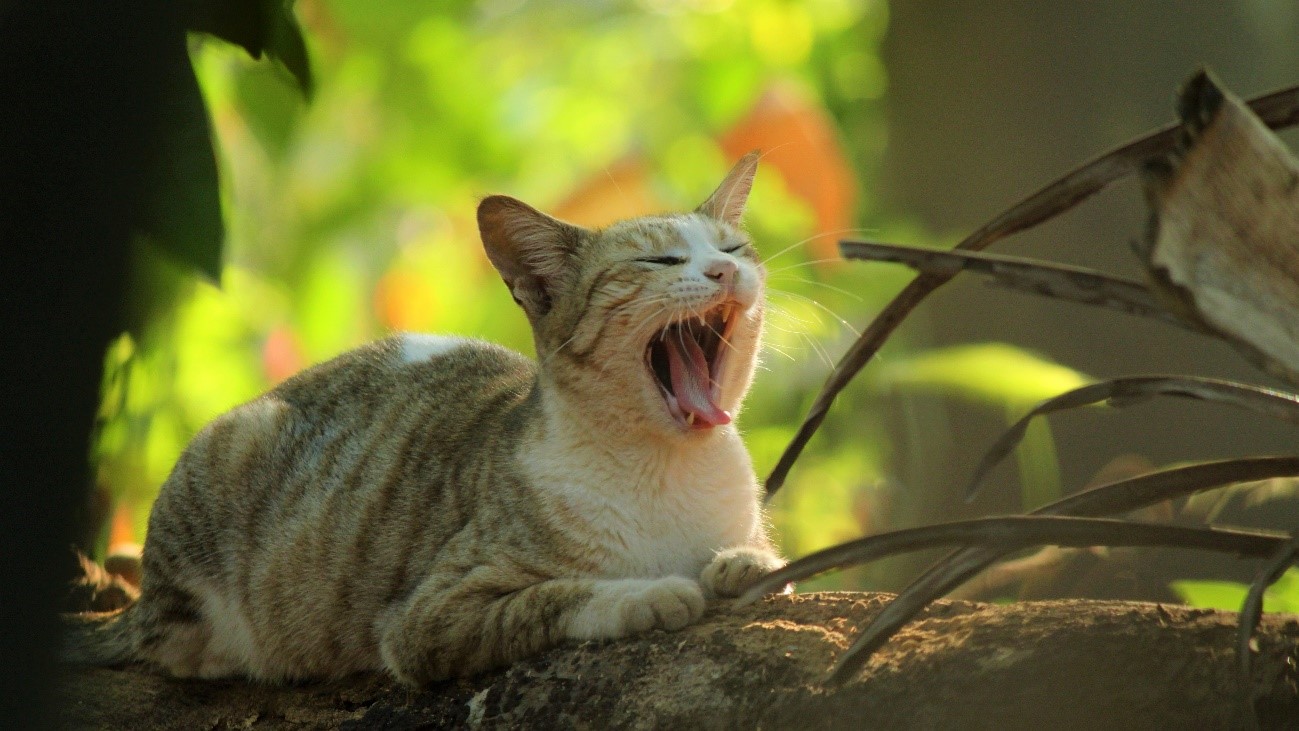
And finally, Urban Forests are the closest nature for a growing proportion of us. According to the United Nations, more than half of the world’s current population lives in cities, and by 2050 it is estimated that more than two-thirds will live there. Barcelona and its metropolitan area already concentrate more than 40% of the Catalan population (7.7 million of people) in less than 2% of the Catalonia region. Urban Forests of the Barcelona metropolitan area should then provide ecosystem functions and services to a large population with very diverse needs, while preserving and restoring a rather altered biodiversity. This is a great challenge, but also a great opportunity. Its closeness takes associate a huge educational potential, in all dimensions of the term, as exposed in a previous article. Urban Forests can provide opportunities for outdoor classroom, enhancing nature interaction and knowledge among the youngest. Indeed, Urban Forests are ideal for experimenting new forms of co-creation of environmental science and awareness, with citizen science initiatives or living labs to discuss new forms of urban green management and governance. Of particular interest, edible forests (i.e. fruit trees in schoolyards or urban gardens) enhance both learning, Urban Forests justice and initiatives related to sustainable and healthy food. These particular urban gardens would not only enhance local biodiversity, but also “zero-km food”, improving social cohesion, health and well-being (Poe et al. 2013, Russo et al. 2017). This is in line with a recent initiative promoted by various districts in Barcelona, which elaborated their own orange jam from the orange trees along the streets.
To sum up, at a time when environmental science and management are experiencing unprecedented democratization, Urban Forests are becoming a magnificent test-bed for adapting urban life models to today’s environmental challenges. But we should be less dogmatic as we usually do and take advantage of this particular nature while trying to restore and maintain local biodiversity and its ecological function as most as possible.
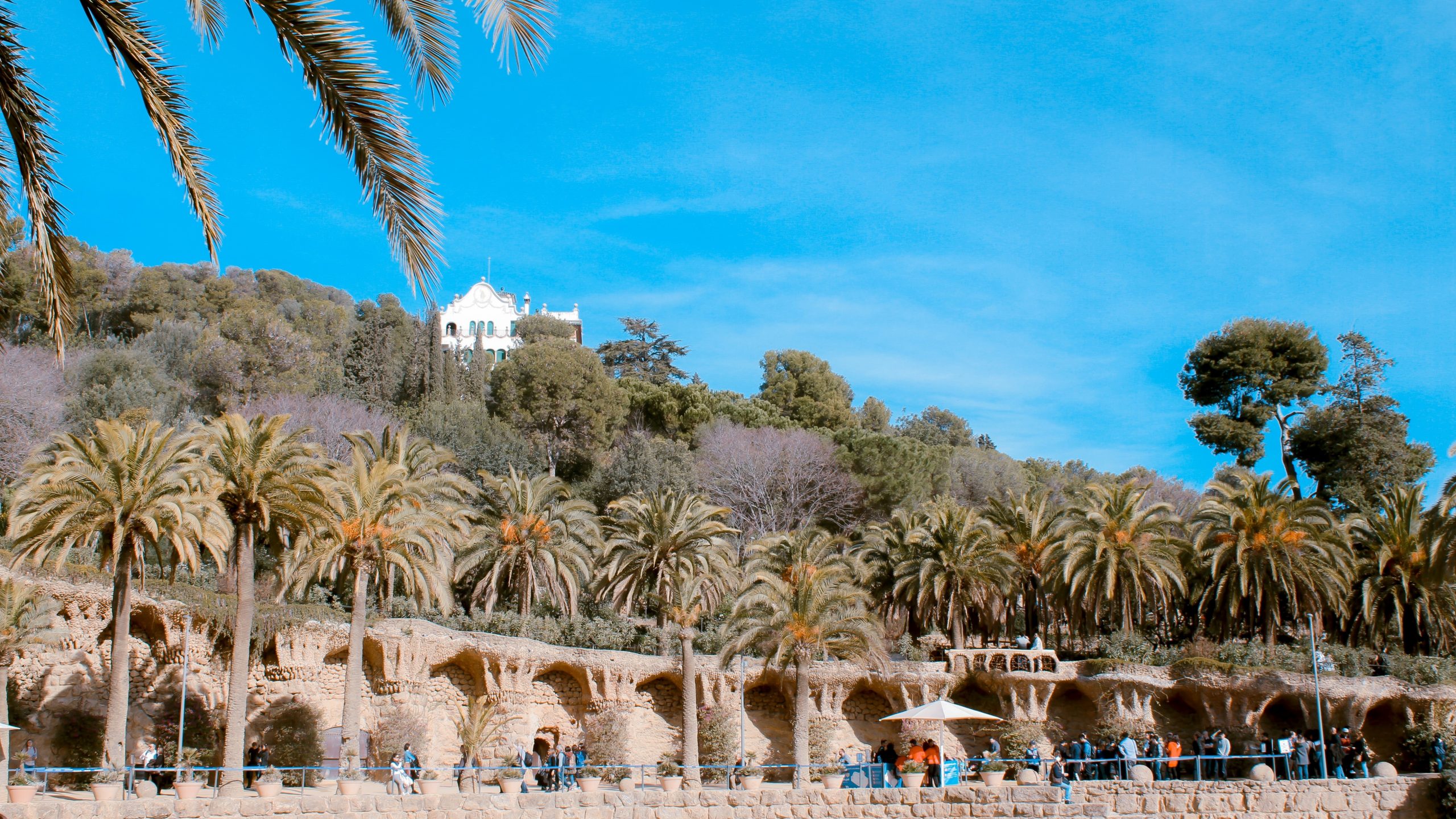
Authors:
Joan Pino (Universitat Autònoma de Barcelona-CREAF), Corina Basnou (CREAF)
Resources:
- Basnou C, Baró F, Langemeyer J, Castell C, Dalmases C, Pino, J. (2020) Advancing the green infrastructure approach in the Province of Barcelona: integrating biodiversity, ecosystem functions and services into landscape planning. Urban Forestry and Urban Greening, 55, [126797].
- Cahill S, Tenés A, Llimona F, Reventós R, Cabañeros L Bonet-Arbolí YV (2003). Predicting fragmentation effects of future planned infrastructure on wildlife habitats in protected metropolitan greenspace. The case of Collserola Park in Barcelona. In: Habitat Fragmentation due to Transportation Infrastructure, Infra Eco Network Europe (IENE)
- El-Sabaawi R (2018) Trophic structure in a rapidly urbanizing planet. Functional Ecology 32: 1718-1728
- Mc Kinney ML (2006) Urbanization as a major cause of biotic homogenization. Biological Conservation 127: 247-260
- Pla-Narbona, C., Stefanescu, C., Pino, J., Cabrero-Sañudo, F. J., García-Barros, E., Munguira, M. L., & Melero, Y. (2022). Butterfly biodiversity in the city is driven by the interaction of the urban landscape and species traits: a call for contextualised management. Landscape Ecology 37: 81-92
- Poe, M.R., McLain, R.J., Emery, M. & Hurley, P.T. (2013). Urban forest justice and the rights to wild foods, medicines, and materials in the city. Human Ecology 41: 409–422.
- Russo, A., Escobedo, F.J., Cirella, G.T. & Zerbe, S. (2017). Edible green infrastructure: an approach and review of provisioning eco-system services and disservices in urban environments. Agriculture, Ecosystems and Environment 242: 53–66
